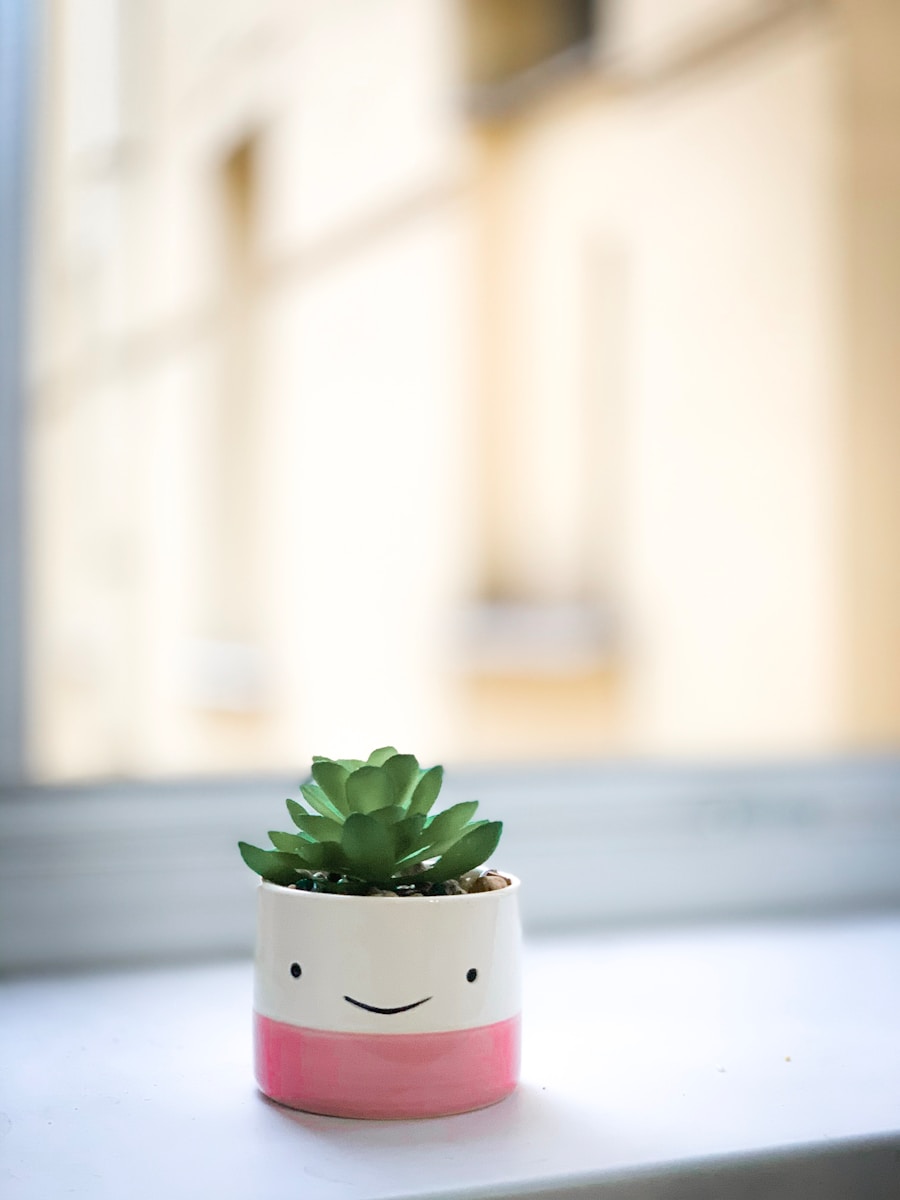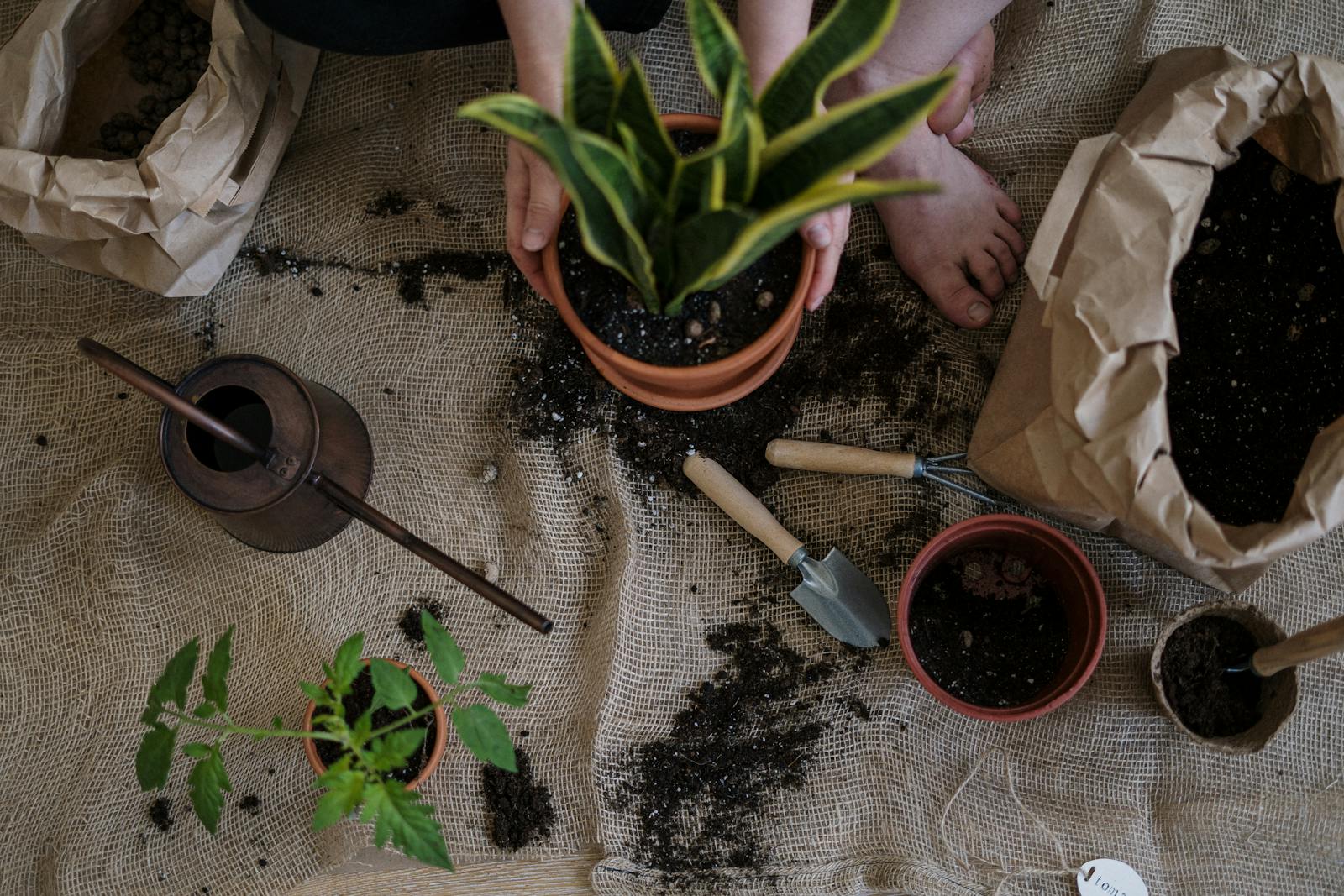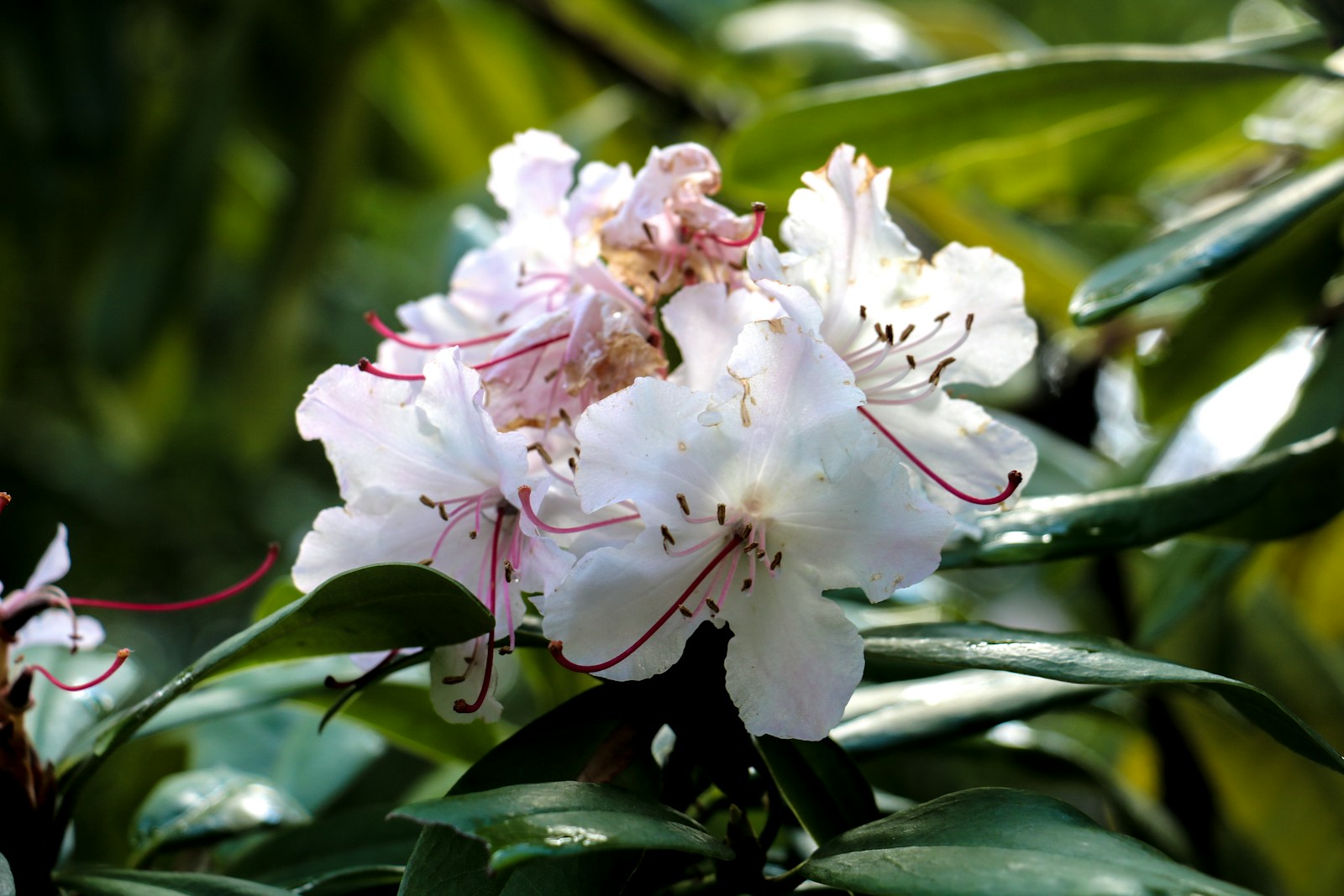Using Planters and Decorative Containers in Garden Design
Why Use Planters and Decorative Containers?
Planters and decorative containers add flexibility, structure, and visual appeal to any garden design. They allow you to grow plants in spaces where in-ground gardening isn’t possible—like patios, decks, balconies, and urban courtyards. They also make it easier to manage soil, drainage, and microclimates.
More than just functional, containers can act as focal points, color accents, or thematic elements in your landscape. With endless shapes, materials, and sizes to choose from, planters and decorative containers offer a simple way to personalize your outdoor space and refresh your garden layout seasonally.
Selecting the Right Containers for Your Style
The container you choose plays a major role in the overall look of your garden. Terracotta pots add rustic warmth, while glazed ceramics offer vibrant color. Concrete and metal suit modern or industrial spaces, and woven or repurposed containers enhance boho or cottage aesthetics.
Consider scale and proportion. A single large planter can anchor a patio, while groupings of smaller pots create dynamic visual rhythm. The right planters and decorative containers should complement your plants and blend with the surrounding design for a cohesive, intentional effect.
Best Plants for Containers
Many plants thrive in containers if given proper care. Herbs like basil, thyme, and chives are ideal for kitchen pots. Annual flowers like petunias, geraniums, and marigolds bring long-lasting color. Succulents offer low-maintenance beauty and sculptural interest.
For more height and impact, try dwarf trees, shrubs, or ornamental grasses. Edibles like lettuce, peppers, and strawberries also grow well in containers. Choose plants based on sun exposure, container size, and water requirements. Planters and decorative containers let you experiment with different combinations and locations until you find what thrives.
Container Arrangements That Add Impact
A well-styled container acts like a mini-garden. Use the “thriller, filler, spiller” formula: a tall centerpiece (thriller), mid-height plants that fill the space (filler), and trailing plants that spill over the edge (spiller). This technique adds height, depth, and softness.
Mix colors, textures, and foliage types for interest. Repeat shapes or hues across several containers for harmony. Group odd numbers of containers together, varying heights and spacing for a more organic feel. These thoughtful container arrangements turn planters and decorative containers into sculptural focal points.
Creating Seasonal Displays
One of the greatest advantages of using planters and decorative containers is seasonal versatility. In spring, fill them with tulips and pansies. In summer, switch to zinnias, coleus, or herbs. Fall arrangements can feature mums, ornamental kale, and mini pumpkins, while evergreens, berries, and twinkle lights brighten winter pots.
Changing displays lets you keep your garden feeling fresh year-round without a full redesign. Containers are easy to move, rearrange, or replant—ideal for adjusting to new themes, holidays, or evolving color preferences as the seasons change.
Maximizing Small Spaces with Vertical Containers
Vertical gardening is a smart solution for tight spaces. Stackable pots, wall-mounted planters, and tiered shelves allow you to grow up, not out. These vertical planters and decorative containers free up floor space while offering a lush, layered look.
Use them on balconies, fences, or small patios. Combine trailing vines, colorful annuals, or herbs to create eye-catching living walls. Lightweight materials like resin or fabric make installation easier and reduce strain on structures. Vertical designs are especially helpful in urban gardens or apartments with limited square footage.
Improving Drainage and Soil Health in Containers
Healthy plants begin with proper drainage and soil. Always choose containers with drainage holes. If your pot doesn’t have them, consider drilling holes or using it as a cachepot around a plastic liner. Layer gravel or broken pottery at the bottom for improved airflow.
Use high-quality potting mix—not garden soil—which is lighter and better aerated. For planters and decorative containers, choose mixes tailored to your plant type, such as cactus mix for succulents or moisture-retaining blends for herbs and flowers. Good soil and drainage prevent root rot and boost plant health long-term.
Matching Containers to Architecture and Hardscaping
To unify your garden design, match your containers to architectural details and hardscape materials. Use sleek metal planters near modern fencing, or terracotta pots on brick patios. Let color and texture echo your home’s siding, trim, or walkways.
Repetition builds rhythm—use matching planters in a row along steps or symmetrical pots to frame an entrance. Mixing styles works too, but keep a consistent theme or palette. Coordinating planters and decorative containers with your hardscaping helps tie the landscape together and creates visual balance.
Container Gardening for Edibles
Planters and decorative containers are ideal for growing fruits, vegetables, and herbs. Tomatoes, lettuce, peppers, and strawberries thrive in pots, especially when given good soil and sunlight. Containers make it easy to manage pests and rotate crops seasonally.
Use food-safe pots made from non-toxic materials. Grow edibles near your kitchen for convenience. Raised troughs and vertical towers help expand growing space. With thoughtful selection and care, container-grown edibles offer both beauty and functionality, turning even a balcony into a productive garden oasis.
Decorative Containers as Design Focal Points
Strategically placed planters and decorative containers can anchor a garden, draw the eye, or define zones. A brightly glazed pot near a bench creates a cozy vignette. A large urn at the end of a path pulls you forward. Decorative containers act like art pieces in the landscape.
Choose bold shapes, unique materials, or vibrant colors to create standout moments. Fill them with eye-catching plants or sculptural forms. These containers elevate the garden’s aesthetics while adding texture and interest, even when plants are dormant or minimal.
Repurposed Containers for a Unique Look
Repurposed items bring creativity and charm to your garden. Turn old buckets, drawers, wheelbarrows, or colanders into planters with personality. Just ensure they have proper drainage by drilling holes and adding a gravel layer beneath the soil.
These upcycled planters and decorative containers not only reduce waste but also tell a story. Mix them with more traditional pots for a playful, eclectic look. The blend of old and new adds character to patios, porches, or garden corners, making your space feel both personal and inspired.
Grouping Containers for Impact
Grouping containers allows you to create dynamic displays with varied heights, textures, and colors. Use plant stands, benches, or nesting pots to build levels. Keep a unifying element—such as a repeated color, shape, or plant type—to maintain harmony.
Cluster planters and decorative containers near doorways, around seating areas, or at garden entrances. Use odd numbers for a natural feel, and vary scale for depth. This layered effect draws attention and helps fill larger areas with visual interest and seasonal style.
Weather Considerations for Outdoor Containers
Choose weather-resistant planters and decorative containers for outdoor use. Terra cotta may crack in freezing temperatures unless sealed. Resin, fiberglass, metal, and concrete withstand seasonal shifts better. In cold climates, elevate containers to prevent freezing to the ground and consider bringing fragile pots indoors.
Plants in containers dry out faster in heat, so adjust watering during hot weather. Use light-colored pots to reflect sun and prevent overheating roots. Weather-smart container choices protect your plants and investments all year long while ensuring long-term durability and beauty.
Maintaining Container Gardens Over Time
To keep your container garden thriving, refresh soil annually and check root growth each season. Re-pot or divide plants as needed, and remove spent blooms or foliage regularly. Fertilize every few weeks, especially for annuals and edibles, as nutrients deplete faster in pots.
Clean planters between seasons to prevent disease and pest buildup. Rotate plants or move containers to adjust for sunlight and weather. With minimal but consistent care, your planters and decorative containers will look vibrant and perform beautifully throughout the year.
Transforming Your Garden with Portable Style
Planters and decorative containers offer unmatched versatility. They let you experiment with layout, color, and plant combinations easily—and adjust with the seasons or events. From cozy patios to expansive gardens, containers add structure, mobility, and flair.
Whether you’re showcasing a single sculptural pot or creating layered container arrangements, these movable design elements give your space energy and adaptability. When chosen with care and creativity, they become essential features that elevate your garden’s design and reflect your unique style.
Frequently Asked Questions
What types of containers work best for outdoor plants?
For outdoor use, select containers made from durable, weather-resistant materials. Resin, fiberglass, concrete, and glazed ceramic planters resist cracking and fading across seasons. Terracotta offers a natural look but may need sealing in colder climates. Wooden containers are charming but require proper drainage and occasional treatment. Ensure all containers have drainage holes and are large enough for your plant’s root system. When choosing planters and decorative containers, match the material to your climate and style to ensure longevity and aesthetic harmony in your garden.
Can I grow vegetables and herbs in decorative containers?
Absolutely! Many vegetables and herbs grow exceptionally well in planters and decorative containers. Choose food-safe materials and ensure adequate drainage. Herbs like basil, thyme, and chives thrive in small pots, while tomatoes, peppers, and lettuce prefer larger containers with deep soil. Place edibles in sunny spots and water regularly, as container soil dries faster. Raised troughs and tiered planters also maximize space and add structure to edible container gardens. With thoughtful planning, you can grow a productive and attractive kitchen garden even on a patio or balcony.
How often should I water plants in containers?
Container plants typically require more frequent watering than in-ground ones due to quicker soil drying. During hot, dry weather, you may need to water once or even twice daily. In cooler seasons, every 2–3 days might suffice. Check moisture levels by inserting a finger into the soil—if it feels dry an inch down, it’s time to water. Use mulch or water-retentive potting mixes to reduce evaporation. Proper watering helps planters and decorative containers support healthy, thriving plants throughout all seasons.
Do decorative containers need drainage holes?
Yes, drainage is critical to prevent waterlogged roots, which can lead to rot and disease. Choose containers with pre-drilled holes, or drill your own if needed. For decorative pots without holes, use them as cachepots by placing a plastic liner or smaller pot inside. Elevate containers slightly to improve drainage and airflow. If you’re concerned about excess water runoff, place saucers beneath the pots. Ensuring proper drainage helps your planters and decorative containers remain functional and stylish while promoting plant health.
How do I choose the right size container for my plants?
The right container size depends on the plant’s root system and growth habits. Small herbs and annuals do well in 6–12 inch pots, while shrubs, trees, or large vegetables need containers 18 inches or more in diameter and depth. Undersized pots limit root growth, dry out quickly, and require more frequent maintenance. Oversized containers may retain too much moisture, risking root rot. Match the container to the plant’s current size and growth potential to ensure lasting success with your planters and decorative containers.
© 2025 GardeningandDecor.com. All rights reserved.



